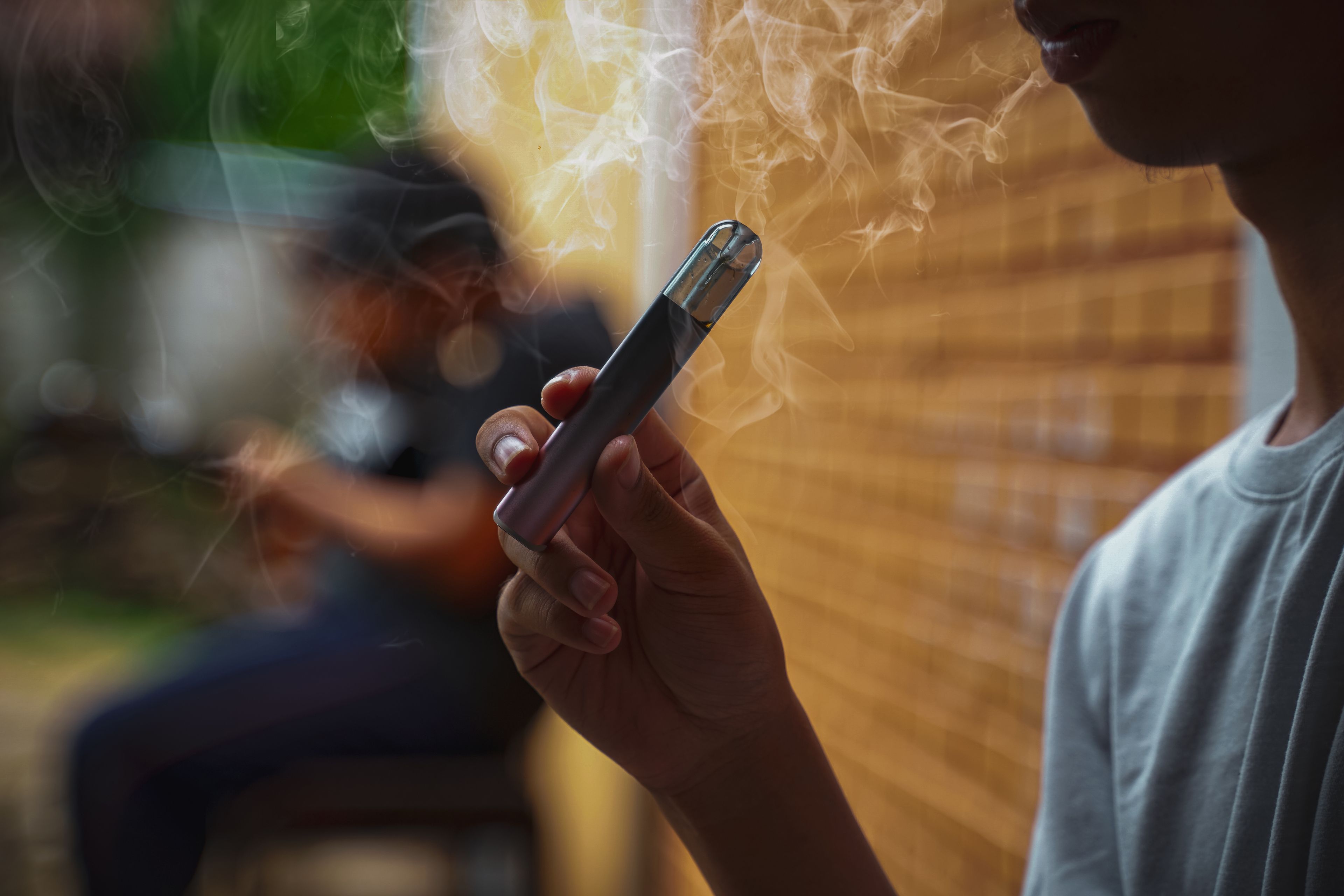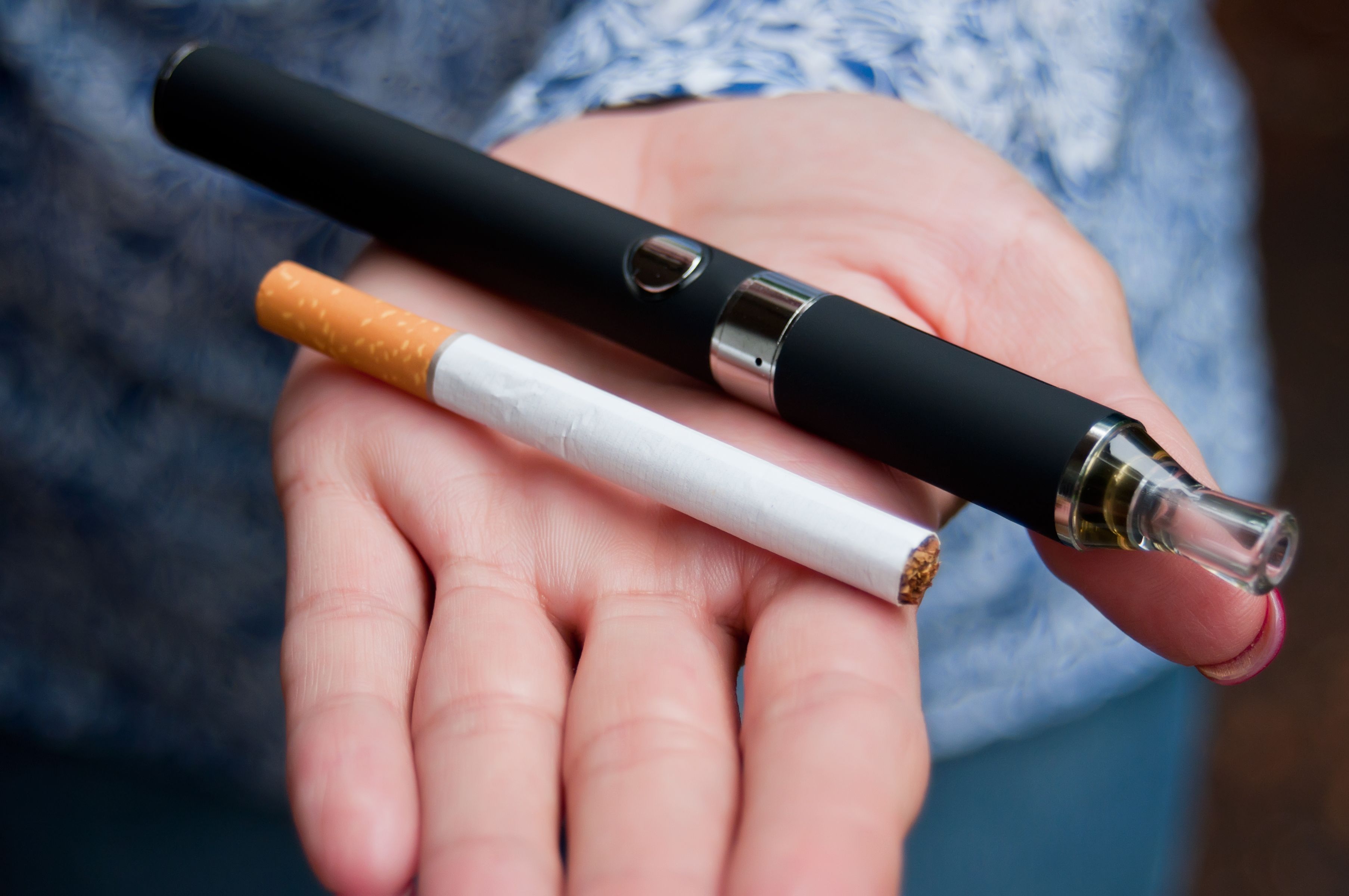
Prevention
Vaping Safety
Electronic cigarettes (e-cigs) use lithium batteries that can overheat, catch fire, or explode, leading to burns and serious injuries. Follow these tips to charge and handle devices safely.
Download PDFFind a Burn CenterBurn First Aid
Everyday Prevention Tips
The Facts
E-cigs are battery-operated products that turn nicotine and other chemicals into vapor to inhale.
More than 25 million Americans use electronic cigarettes.
Injuries often happen when devices are stored in pockets or batteries are damaged.
Lithium batteries in these devices can overheat or explode, leading to burns.
Do: Charge and Use Safely
Charge batteries only with the charger that came with the device.
Follow the manufacturer's instructions carefully.
Use approved power sources and “standard” USB ports (like laptop ports or auto USB adapters).
Stop using the battery if you notice:
Change in shape
Excessive heat
Odd noises
Leaking
Strange odors
Change in color
Don't: What to Avoid
Don’t put the device or spare batteries in your pocket.
Don’t keep extra batteries in direct sunlight.
Don’t overcharge the device.
Don’t use unapproved or mismatched chargers.
If Clothing Catches Fire or a Burn Happens
Stop, drop, and roll to put out flames.
Cool the burn with cool (not cold) water.
Remove clothing and jewelry from the burned area.
Cover with a clean, dry sheet or bandage.
Seek medical attention promptly.

Disclaimer and Usage
© 2025 American Burn Association. All rights reserved.
The materials on this page, ameriburn.org/prevention/burn-prevention-fact-sheets/vaping-safety, are the property of the American Burn Association (ABA) and are protected by U.S. and international copyright laws. These fact sheets may be reproduced, shared, and distributed without charge for non-commercial, educational purposes. Co-branding with your organization's name or logo is permitted; however, the ABA logo may not be removed, altered, or replaced without prior written permission from the American Burn Association.
These materials are provided for educational purposes only and should not be used as a substitute for professional medical advice, diagnosis, or treatment. The ABA assumes no responsibility for any injury or damage.